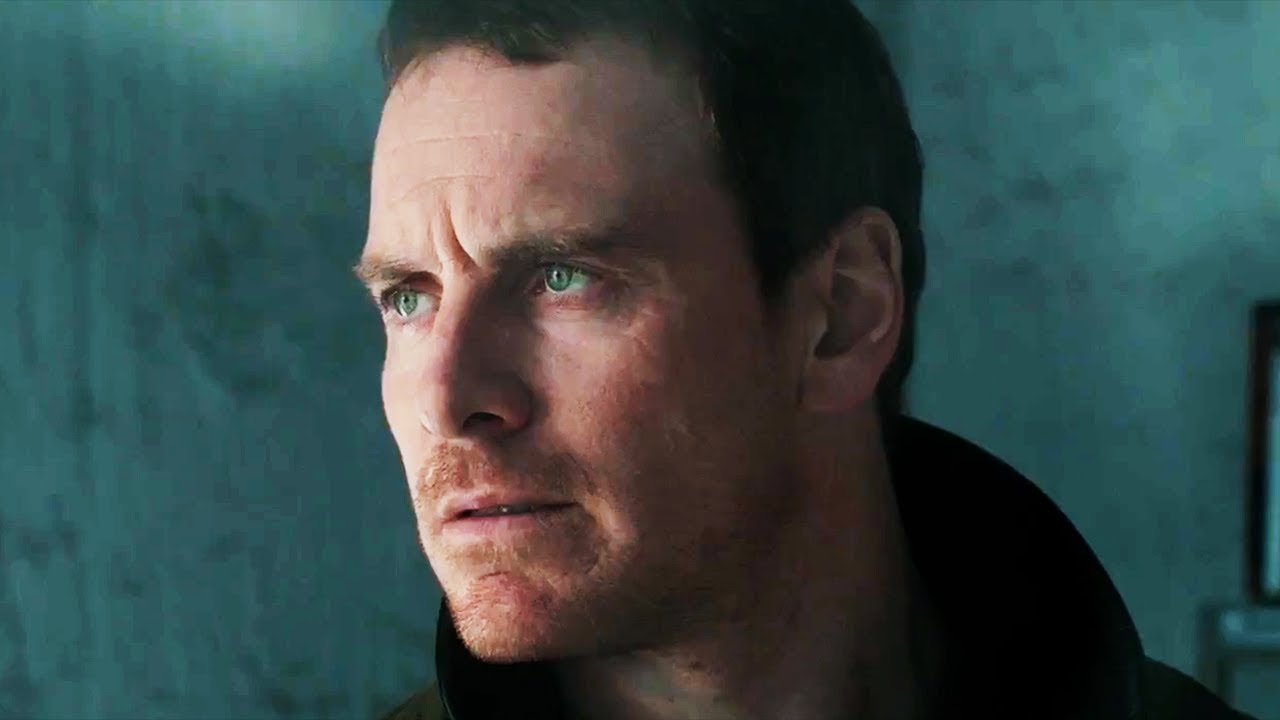
It is heartbreaking to know of an artist who despises their own creation. The filmmaking journey is an extensive one where the filmmaker carries the idea of their creation like an embryo in the mother’s womb. So then, why would that person hate their own finished product other than with a fatal consequence of some event? These are the sad stories of filmmaking where everything goes haywire, after all the hard work and effort.
Anyone who’s tried to make a film or has handled an audiovisual production knows the necessary pitfalls associated with it. The weather can be non-cooperative, the crews could be in their worst moods, the set atmosphere can be wearisome. But the concluding results of these production hells are always the same: a rotten final product. That’s why a filmmaker also needs the luck to ensure that the production completes smoothly.
But a good production doesn’t always ensure good results, especially when corporate studios interfere in the post-production process. History shows many troublesome records of post-production where a film is ruined in the editing suite, even from the neatest auteurs. Without further ado, here are 10 films which are hated by their own creators.
1. Steven Spielberg – Indiana Jones and the Temple of Doom
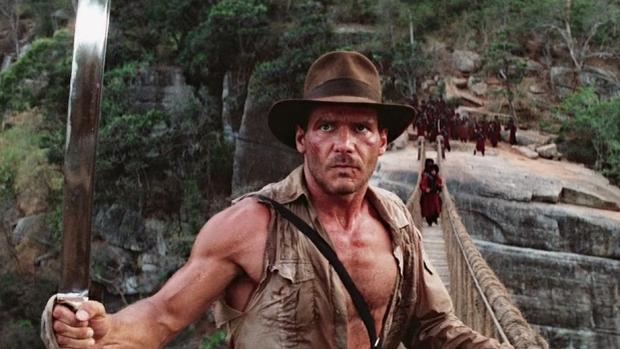
After the success of “Raiders of the Lost Ark,” producer / director duo George Lucas and Steven Spielberg decided to make a sequel, but not to feature the Nazis again as the antagonists. Brainstorm sessions followed and they decided to locate the film in North India and feature an underground cult thug group as the villain of the film. However, hurdles start to follow from the early pre-production process.
The celebrated screenwriter of “Raiders of the Lost Ark” Lawrence Kasdan left this collaboration, inciting creative differences, and remarked that this film was a bad and ugly idea of which he would never be a part.
The initial plot was chaotic and dark indeed, mirroring the real-life team of Lucas and Spielberg, who were both having their post-breakup afterthoughts. They hired Willard Huyck and Gloria Katz as the screenwriters because of their extensive knowledge of Indian culture, but the film turned out to be the opposite of accurate.
The Indian government declined their offer to film in the country as they comprehended the script as polluting and undermining to the Indian culture. Satyajit Ray, the great filmmaker from the Indian New Wave, expressed his disapproval of the film in a London screening because of the lack of research, and Spielberg and his team’s thin understanding of the Indian culture.
Spielberg starred Indian Legend Amresh Puri as the leader of a thug group who worships the goddess Kali like a cult and murders people to gain power from the goddess’s blessing. But Kali Goddess is not an underground murderous deity in Indian culture, but rather a greatly worshipped mother surrounding the second largest festival, which occurs in India only after Durgapuja. The dishes presented in the grand feast at the Pankot palace were also not authentic, with none of the delicacies being of Indian origin.
Spielberg’s sidekick and love interest in the film didn’t follow in the upcoming entries being a standalone innovation, which proved Spielberg’s casual approach of this entry. Ultimately, Spielberg admitted that this is his least favorite entry with an inconsistent dark tone that somehow suits “Poltergeist,” but not Indiana Jones.
2. David Fincher – Alien 3
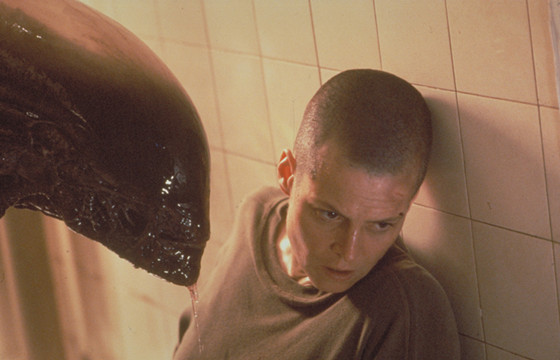
When David Fincher expressed his unpleasant experiences of shooting with Ridley Scott on “Alien 3,” Scott told him that it was never a good idea to begin with, choosing to debut with a humongous studio film.
Maybe he knew it from the beginning, too, but Fincher was a great fan of the first two Alien films, and so he maybe couldn’t resist the temptation of making his own Alien film. He was not the auteur of today then, only an ILE employee and fresher who had made some music videos.
20th Century Fox had thought of exploiting Fincher as a yes man, but he had other plans. As a result, he often clashed with Fox executives because of excessive studio interference. When he was hired by Fox to direct the sequel of “Aliens,” the script of “Alien 3” had already undergone several redrafts with the frequent firing of several screenwriters.
Fincher was advised to plot the film according to the already-built set in the studio and start shooting within five weeks. It is a monstrous pressure even for the experienced filmmakers, and he was only 28 at the time. Green lighting every single thing was a struggle for the young filmmaker; he later claimed that it was the worst experience of his life and there is no one else in the world who hates the film more he does.
Even worse is that he was locked out from the editing room in the post-production process, and Fox released a theoretical cut without his interference and permission. Later, Fincher released an assembly cut of the film that restored some of his initial ideas, which again proved how studio executives destroyed the original far superior version from the filmmaker.
3. Alfred Hitchcock – Rope
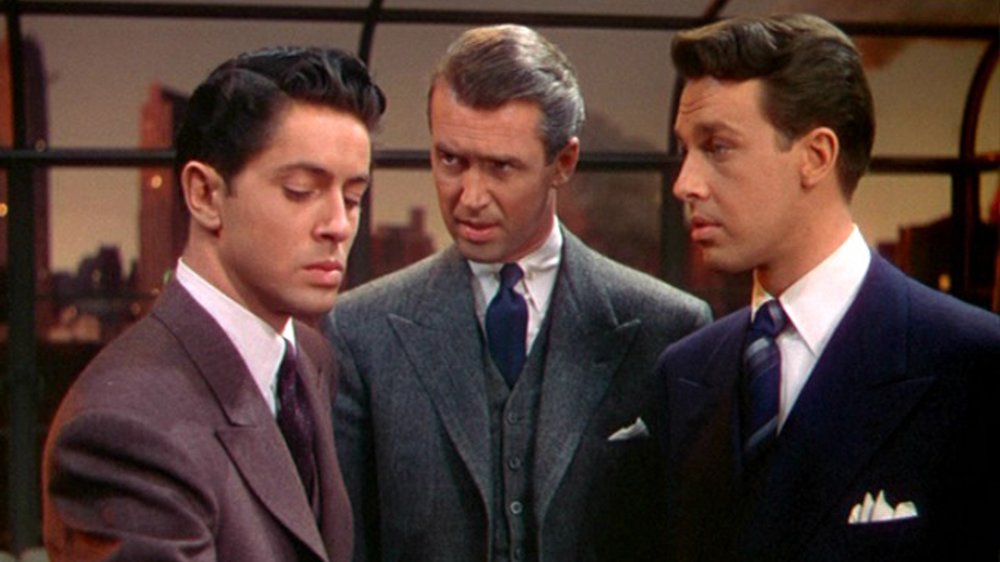
The place in history of Alfred Hitchcock as a visionary director of world cinema is irrefutable. Not that his contribution as the master of thrill can’t be debated; there were several other contemporaries who were possessed equal or more powerful suspense-building qualities who faded into obscurity because of bad luck and promotional skills. But in terms of technical prowess, he was the greatest.
For every successful long-take shot of “Russian Ark” and “Victoria” lies the bravura of filmmaker who experimented with the techniques decades ago. Yes, the film was “Rope” with which all the dreams started. Hitchcock wanted to make a film without cuts as a necessary experiment to hone the craft of cinema, and he adapted the 1929 play “Rope” to do this.
He shot the whole film in a dynamic movable sound studio where every prop can be relocated to work with the camera movement. The roll of the film stocks was limited at that time, so whenever there was a need for a roll change, he moved the camera in the behind of a black coat of the protagonist or black furniture.
The technical achievement was legendary. But in doing so, he left out the most famous trait of his films: the thrill factor. The resulting film is very theatrical one, with a lack of thrills and wooden performances from the actors, especially a miscast James Stewart. It didn’t go well with the filmmaker, and he later criticized the film as a big failed experiment.
4. David Lynch – Dune
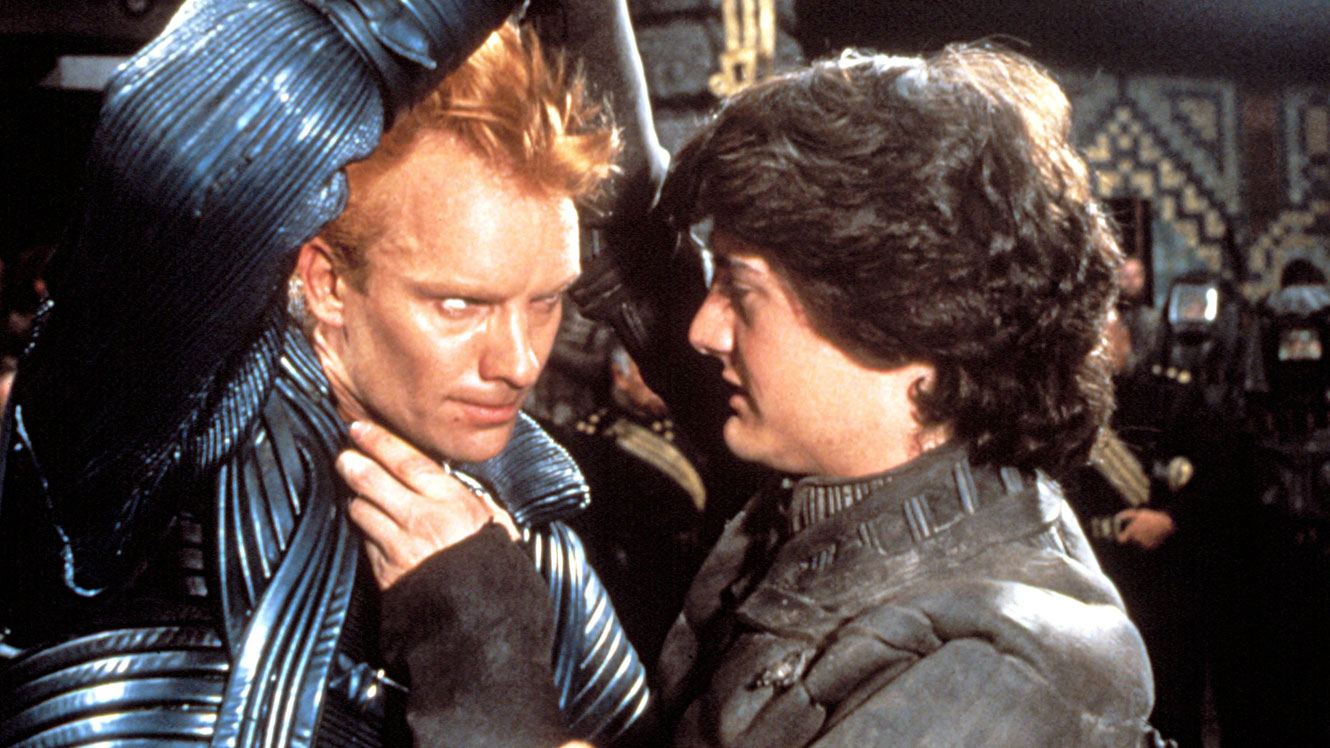
Fresh from the success of “The Elephant Man,” surrealist master David Lynch could choose anything as his next project. At the time he was offered to direct the Skywalker saga “Return of the Jedi,” but Lynch declined and decided to make a film based on the novel “Dune” written by Frank Herbert.
Mastermind Lynch wrote six drafts to translate the epic scope of the novel into a film version, but ultimately he was robbed of his vision by the producers Dino and Raffaella De Laurentiis. He intended to film a version that ran for three hours, which was necessary considering the epic scope of the novel, but the producers were not too keen on the long runtime.
Lynch later stated in an interview that he was sold off to the producers, which was indeed true as he did conform to popular demand and fitted the whole scope of the novel in a film that runs for a little more than two hours.
In the process, the film became an untidy mess with loose ties in comprehending a proper narrative. This is a familiar story of studio interference where Lynch was declined the final cut privilege of the film. He later distanced himself from the project and the credits in the film don’t identify him as the director, with the pseudonym “Alan Smithee” taking the credit instead.
5. Josh Trank – Fantastic Four
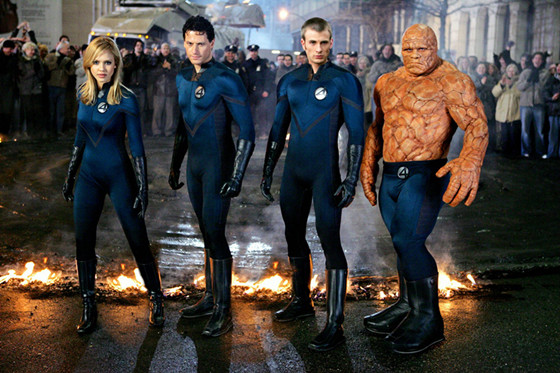
Josh Trank was enraged with “Fantastic Four” and the producers 20th Century Fox and Marvel. Prior to the release of the film, he tweeted a major protest accusing the producers of depriving the audience of a much greater version that he had initially envisioned.
“Fantastic Four” never had a great cinematic history to begin with. The first version in 1994 was so bad that the studio never released the film. Another try in 2005 was equally defeating, with the film getting some unpleasant reviews. The decision to reboot was not an easy one, but audiences hoped for a decent film because this time the filmmaker was Josh Trank, who recently made the good lo-fi film “Chronicle.”
Upon the hiring, Trank wrote his own version of the script and shot the film, which resulted in a darker and more bleak version than the comic universe. But the somber tone never sat well with the demand of a hungry studio that fears the exclusion of family audiences in favor of a creative decision. As expected, it received severe backlash from the studio who ordered Trank to reshoot portions immediately with their close supervision.
Again, the studio clashed with Trank at the time of edits. They released a theatrical version by omitting several plot points from the original edit without informing Trank. Although insider information reported a great version of the film in the original form, Trank never got the credit. Instead, they defamed him for being an unsure decision-maker and showing erratic behavior on the set by spreading rumors. Trank later dropped this entry from his filmography in his Instagram bio.